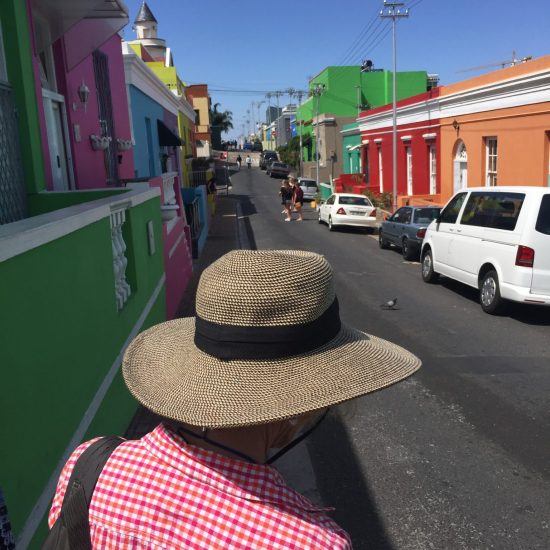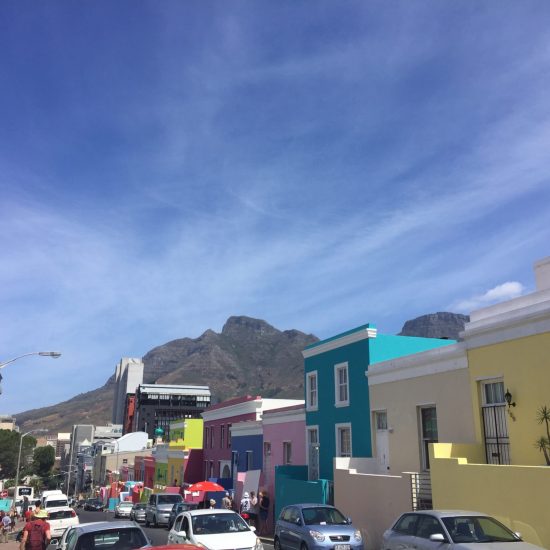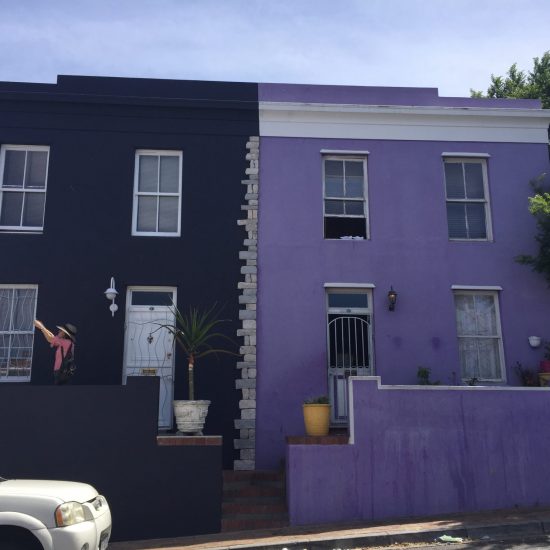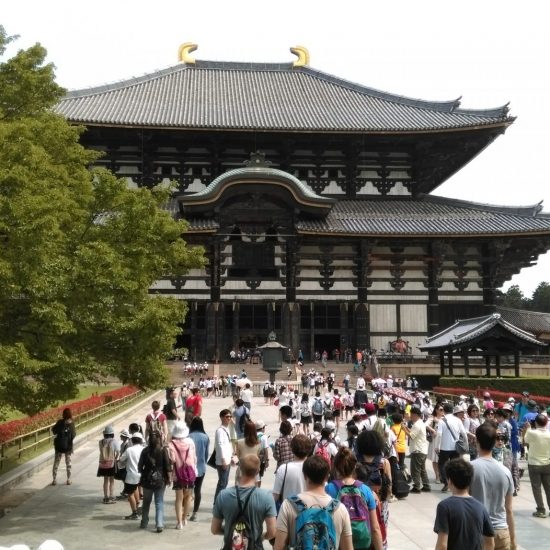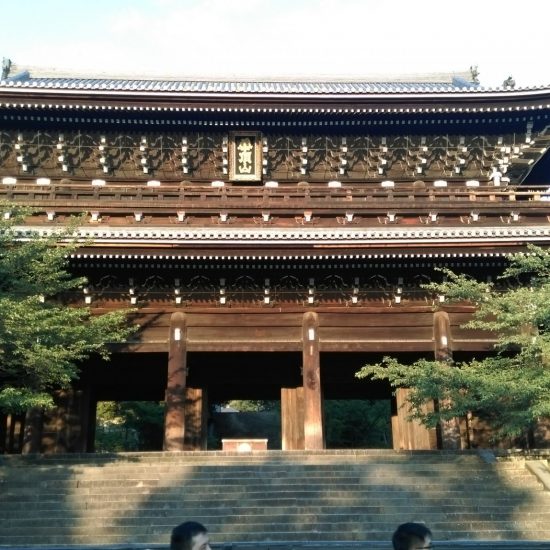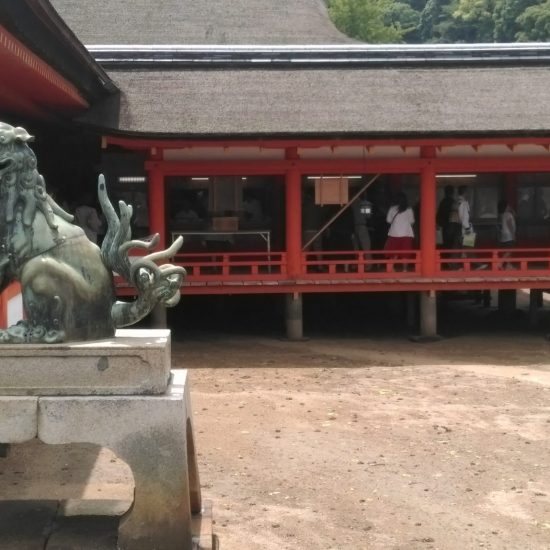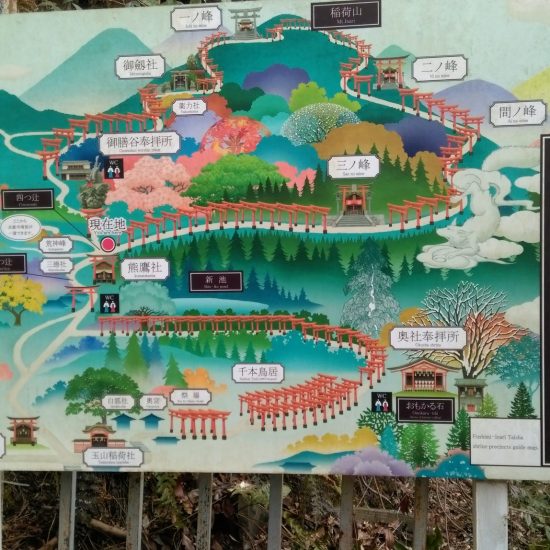
Week 4 Prompt: Religion
RELIGION — “Separation of church and state” is a founding concept in the secular republic known as the United States of America. It was intended, initially, as a way to protect religious sects from government interference, but the concept has in some ways reversed itself. Today, in the USA, the dominant concern is the extent to which religion is allowed to influence the political sphere. Indeed, from 19th-century religious revivals to the Moral Majority, Christianity has played–and continues to play–a large role in politics and public life. Meanwhile, in other Western countries, religion’s impact varies, regardless of whether the nation-state is itself secular. Denmark (officially Christian-Lutheran) prohibits judges from wearing any religious symbol–Christian, Jewish, and otherwise; and the United Kingdom (officially Christian-Church of England) has no national prohibitions of any kind. Meanwhile, France (officially secular) has banned explicit religious expression in public, and attempted to ban implicit expressions as well. This week, pay attention to the role religion plays in public life. Do people commonly express religious devotion in public? Are government officials allowed, or even required, to represent specific religious adherence? Is one religion dominant, or is there a plurality? How does religion manifest on the street—preachers, temples, public prayers?
Sabrina Farmer
I am going to use this prompt to talk about one of the biggest frustrations I had with my program: our lack of interaction with people outside of our study group. Though I think my program was amazing from a biological perspective, it really lacked the cultural experience many people look for from abroad. I did not spend the time studying and learning about people in the way I would have liked to on this program. However, South Africa is a very diverse location with eleven official national languages: Afrikaans, English, Ndebele, Northern Sotho, Sotho, Swazi, Tsonga, Tswana, Venda, Xhosa and Zulu. On our program we were lucky enough to be mentored by a man who spoke all eleven of them. Many of these languages are associated with different tribes which have their own religious ideologies and creation stories. While I was in Cape Town for eight days after my official trip was over, I noticed a few Christian churches built within the city. I also visited the Cape Malay region which us where Islam was first brought to South Africa. The community is marked by vibrant homes (pictured here) and during my time wandering around I witnessed a wedding occur. Overall, religion did not play a large role in my South African experience however the diversity of peoples was very apparent and I wish I could go back and experience it more.
Sean Corrigan
Hong Kong is known for its status as a global city and, as a result, has a fair amount of religious diversity. The approach to religion here seems to be quite open and relaxed. There are sizable Buddhist, Daoist, Christian, Muslim, Hindu, and Sikh communities, all free to practice as they wish. From reading and from conversations I’ve had it seems that religious life became more open after the handover of Hong Kong to China in 1997. British rule, while not as strict here as in other colonies, favored Christianity.
I had the opportunity to speak to one of the directors of a Thai Buddhist Temple, Wat Tai Wo. The director was raised Christian during British colonial rule and has traveled to many parts of the world. Though dissatisfied with the way the Church runs, he maintains his belief in Christian teachings and is also a Buddhist, two beliefs that are surprisingly compatible with each other. During my visit to the temple I was shown many examples of the mixing of various Buddhist traditions. There are statues, figures, and architectural features in Therevada, Mahayana, and Tibetan styles, sometimes mixing together in a single Buddha statue.
I passed by a Christian monastery during a hike and found a pavilion, traditionally part of Chinese palaces and temples, with a cross on top. This was a beautiful example of how two traditions from opposite sides of the world can mix together in a global city like Hong Kong.

Because Hong Kong is a place of religious freedom, much of the conversation about religion here has a lot to do with policies in Mainland China. One particularly active group here is Falun Gong. They are a spiritual movement called many different things by many different people and are very controversial in Hong Kong. They have been banned in the Mainland due to their criticisms of the Communist Party. While they certainly have enemies in Hong Kong, the freedom of religion here means that they cannot be banned as they were in China. However, the Party’s response to Falun Gong and the Party’s control of Christian churches is a warning to religious groups in Hong Kong. China has plans to fully integrate Hong Kong into the People’s Republic in the next few decades, so the future of the separation of church and state is uncertain.
Ben Kelsey


